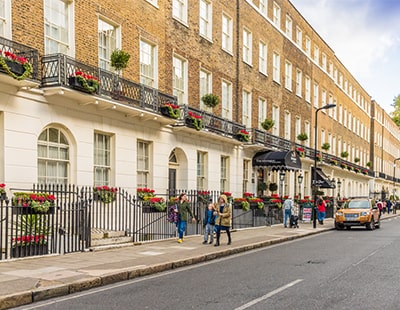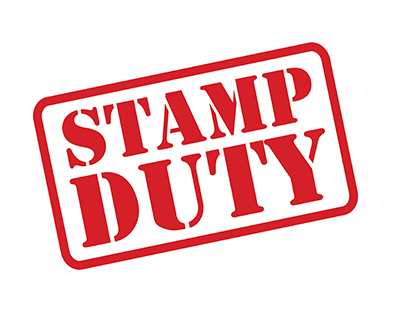
Rental values in prime London has started to see some slowdown in decline as initial signs of a bottoming out have begun to appear, according to Savills.
The international property consultants report that rents in 2018 declined by 0.8%, with cheaper properties significantly outperforming more expensive ones.
Price sensitivity in the market is a major factor, with properties renting for up to £500 per week having seen five-year price growth of 6.6%, compared to a -19.5% drop for those over £3,000 per week.
Rents have fallen by an average -9.6% across the capital’s prime markets since the EU Referendum in June 2016, but with falls slowing, Savills forecasts that rents will rise moving forward, although growth is expected to be curbed in the short-term due to continued economic and political uncertainty.
Savills predicts that rents will rise by an average of 11.5% over the next five years, and by 12.6% across the prime commuter zone.
The prime rental markets of London’s commuter belt has seen robust demand for smaller properties, with rents for one- or two-bedroom properties have recorded double digit growth over the past five years.
Uncertainty in the financial services sector and constraints on corporate budgets continue to impact demand, both in London and its commuter belt, where around 70% of tenants are employed in London, but Savills points to broader underlying trends.
Lucian Cook, Savills head of residential research, said: “We are seeing footloose, cost-conscious tenants drawn to prime areas that offer greater value, rather than confining their search to premium addresses, and there’s a deeper seam of demand for smaller properties driven by needs-based younger tenants.”
The outlook for rents will be determined largely by stock levels, and Savills notes that accidental landlords could withdraw from the market as the sales market improves, as could buy-to-let landlords with debt as restricted tax relief on interest payments bites into their returns.
“But that doesn’t mean we can anticipate falling rental supply,” said Cook. “Instead, we expect cash investors to become increasingly dominant, especially in central London, while history suggests international investors will become more active as uncertainty clears, particularly if they can play the currency card. Stock levels also look set to rise as the number of new build homes completing increases.”
Want to comment on this story? Our focus is on providing a platform for you to share your insights and views and we welcome contributions.
If any post is considered to victimise, harass, degrade or intimidate an individual or group of individuals, then the post may be deleted and the individual immediately banned from posting in future.
Please help us by reporting comments you consider to be unduly offensive so we can review and take action if necessary. Thank you.















.png)






Join the conversation
Be the first to comment (please use the comment box below)
Please login to comment